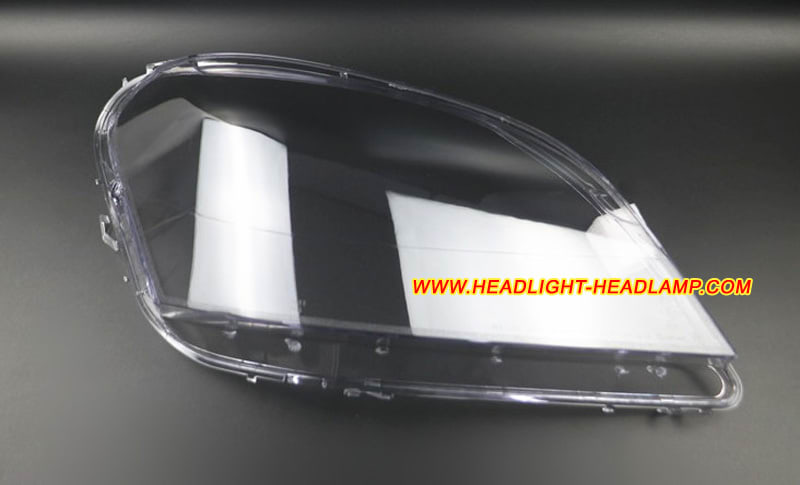abra87
Mechanical
- Oct 19, 2020
- 3
hello everyone
i m looking to know how to determine the minimum thickness of a car headlight, and if it can't be determined by a mechanical engineering , what low of optics that can help
i m replicating the headlight design and want to know the effect of variable thickness on the light , and if it's accepted or no, in short i need to know how to design a headlight from scratch
thank you
i m looking to know how to determine the minimum thickness of a car headlight, and if it can't be determined by a mechanical engineering , what low of optics that can help
i m replicating the headlight design and want to know the effect of variable thickness on the light , and if it's accepted or no, in short i need to know how to design a headlight from scratch
thank you

